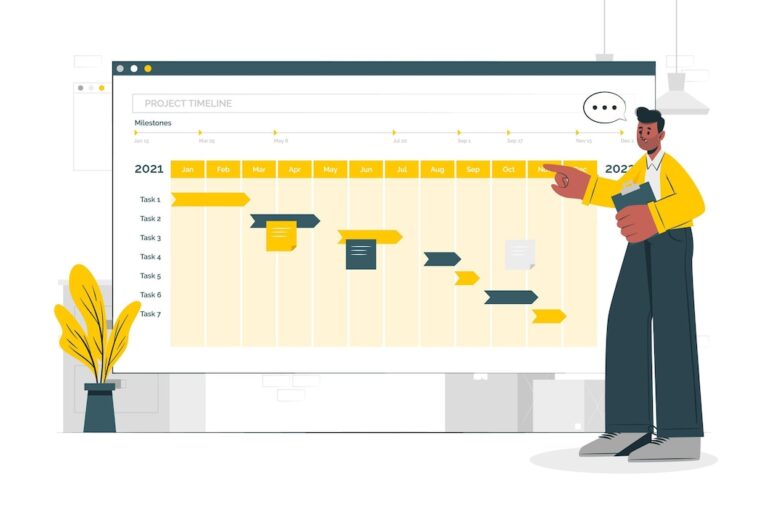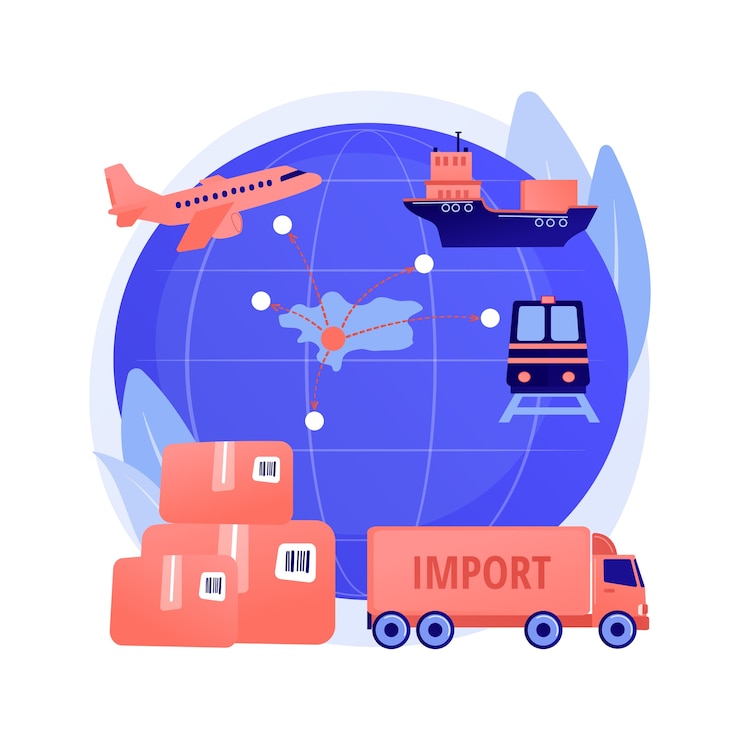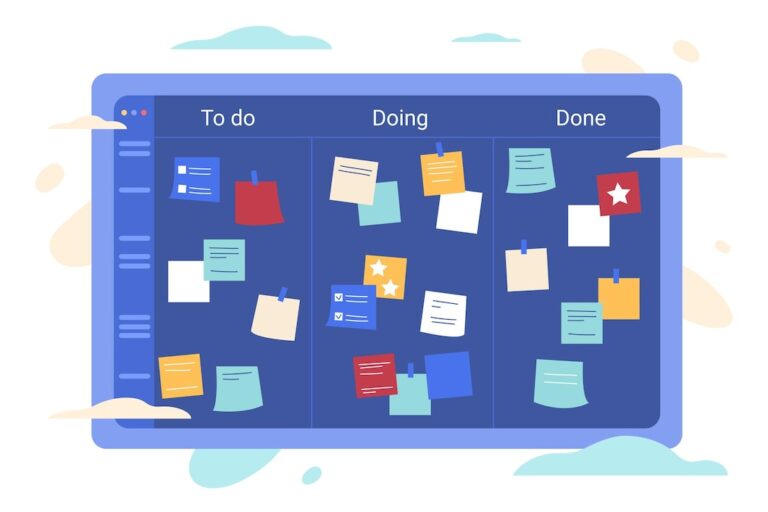Project Management Software
Projects
Project Operations for resource-based and non-stocked situations, lite deployment – deal to perform invoicing
ISF Consultant project management solutions make it simple to manage projects. The scheduling tools assist project managers and teams in remaining productive. The tools can assist with the following tasks:
- Use a work schedule and estimates to plan tasks.
- Calculate and monitor project expenses and income.
- During the sales process, use project estimates.
- Estimate resource requirements for projects in the works.
- Deliver projects successfully by measuring progress and cost consumption.
Request a Free Consultation
Cost Estimation
A project can only be completed with all of the necessary supplies and labour, both of which are costly. Creating a budget that keeps expenditures to a minimum while increasing project quality and scope may be difficult. This is why accurate cost assessment is critical.
The cost estimating method addresses two major categories of costs:
- Direct costs: Expenses incurred in a specific area, such as a department or a project. Fixed labour, materials, and equipment are examples of direct expenses.
- Indirect costs: These are expenses incurred by the organisation as a whole, such as utilities and quality control.
Within these two categories, the following are some common components that a cost estimator will consider:
- Labor: The cost of team members working on the project, both financially and in terms of time.
- Materials and equipment: The cost of project materials ranging from physical tools to software to legal permits.
- Facilities: The expense of using any non-owned working spaces by the organisation.
- Suppliers: The expense of employing third-party vendors or contractors.
- Risk: The expense of any risk-reduction strategies applied.

Jobs/ Sub Projects
To facilitate the completion of a work, project managers may divide the main assignment into a succession of smaller tasks known as subprojects. Employees can be allocated to a component of the overall project for which they are best equipped by splitting the work into smaller pieces. Smaller subprojects also help to reduce staff burnout since they are not as daunting as a major project.
Subprojects are likely to be included in a work breakdown structure created by project management, however they may be referred to as projects and treated as such. This implies that, while they are components of the larger job to be accomplished, these subprojects can be regarded projects in their own right since they can be controlled and purchased from a vendor in the same way that any actual project can.
Project Timeline
A project timeline is a visual list of tasks or events organised chronologically that allows project managers to see the full project plan in one location. A project timeline is commonly shown by a horizontal bar chart, with each activity given a name and a start and finish date.


Project Expense
Project expenditures encompass any costs that must be expended while your team is working on the project, whether they are directly incurred by the project or occur in the background. For example, an engineer would bill clients for their project-related hours and travel expenditures.
To be profitable, each project must also pay a portion of the rent, utilities, support staff wages, software subscriptions, marketing expenditures, and other ongoing expenses. Tracking the real costs of your projects will provide you with the knowledge you need to manage your business successfully.
The ideal tracking system should include the following features:
- Keep track of billable costs that must be billed to a client.
- Notify you when a project is about to run over budget.
- Allow you to fine-tune your estimating and pricing tactics for future projects.
Project Material Consumption
Project Operations for resource-based and non-stocked situations, Lite deployment – agreement to purchase invoicing
A project team consumes or uses materials as they complete activities on a project. A material consumption log keeps track of this usage, allowing it to be authorised by the project manager and finally charged to the client.


Sub Contract
They necessitate people with a wide range of talents, and the more complicated the project, the more skills are required. As a result, owners engage contractors to oversee the project, while contractors hire subcontractors to perform specific responsibilities.
Construction projects are inherently difficult. They need substantial planning, manual effort, and a variety of expertise. Realistically, no one person on the team possesses all of these specific abilities, and even if they did, it would be difficult for them to perform it all alone. This necessitates the use of construction subcontractors in the majority of modern building projects.
All subsequent subcontractor invoices will be invoiced to the appropriate project.
Services / Labor
Project management services specialise in project planning, coordination, and execution based on unique needs and restrictions. They are responsible for part or all aspects of project work, from conception to conclusion. The creation and maintenance of project milestones and the project timeline are prioritised. The ultimate objective is to finish the project on schedule and within budget.
Project management services assist firms in meeting project goals and objectives while staying within project scope, schedule, and budgetary restrictions. They can also assist in optimizing resource allocation and integrating the inputs that will drive the accomplishment of the project’s objectives. The creation of a project plan is crucial since this document specifies and validates larger goals. Particular goals and objectives the project plan also outlines tasks, describes how objectives will be met, and estimates the resources required.


Project Status
A project status report is a document that details a project’s progress over a certain time period and compares it to the project plan. Status reports are used by project managers to keep stakeholders informed of progress and to monitor costs, risks, time, and work. Project status reports provide project managers and stakeholders with the ability to visualise project data using charts and graphs.
Project status reports are taken on a regular basis, during each step of the project’s execution, to keep your schedule on track and everyone on the same page. A project status report will typically include the following:
- The work that has been performed
- The plan for what is to come
- A breakdown of the project’s budget and timeline
- Any difficulties or hazards, as well as what is being done to address them
A project status report’s true significance extends beyond its usage as a communication channel. It also includes a written history of the project. This provides historical data, allowing you to prevent blunders or bottlenecks the next time you design a comparable project.
Project Invoicing
Which invoicing technique to be used is determined on the project type. Only time and material and fixed-price external project types can be billed. A project contract is always tied to time and material projects and fixed-price projects.
- Fixed-price projects – The amount of the client invoice is determined by invoice billing schedules. Invoicing is accomplished by an on-account setup, often known as a billing schedule. Fixed-price projects can be billed on a per-project or per-contract basis.
- Time and material projects – The customer invoice amount is determined by the transaction lines recorded on projects. Transactions can be invoiced on a per-project or per-contract basis.
Attaching Time and material projects and Fixed-price projects to invoicing projects can be done in three ways:
- On-account invoicing – Time and material projects and fixed-price projects can both be billed on account. Each project type necessitates a different form of on-account setup.
- Invoicing in the periodic section – Transactions may be invoiced across projects using the periodic functions. The periodic functions provide you an overview of the transactions that need to be invoiced.
- By using credit notes in invoicing – A credit note can be established for both time and materials projects and fixed-price projects.
Voucher Posting
You’re manually posting a fixed asset acquisition and expect to see all of the G/L Account information in the resulting Journal Entry Voucher, which includes the G/L Account produced from the Individual Material and the Offsetting G/L Account you’ve selected. However, just the second is displayed.
The system architecture explains why the Journal Entry Voucher does not reflect the G/L Account produced from the Individual Material.
The G/L Account is created when the journal entries are created. As a result, the information is not available during the development of the source document (Journal Entry Voucher). The journal entry voucher is only a means for initiating the development of the journal entry, and it does not always include all of the information that the journal entry possesses.